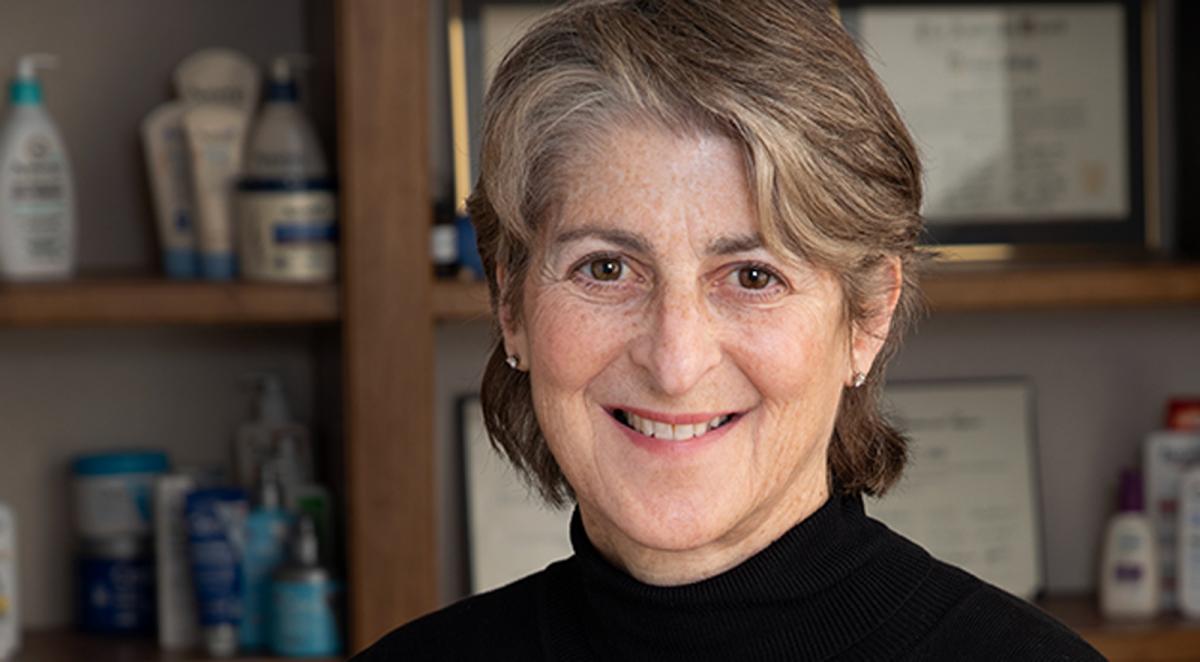Formaldehyde is a natural substance. Every living organism produces it, including the human body. It is present in every breath we exhale. Formaldehyde is also present in fruits, vegetables, meat, fish, and many beverages including alcoholic beverages and coffee.
At room temperature, formaldehyde is a strong smelling flammable gas. Formaldehyde gas is never used in cosmetics. And you would be hard pressed to find formalin, formaldehyde dissolved in water, on skincare aisles as well. What you may find are formaldehyde-releasing ingredients that are commonly used as preservatives. These ingredients release a minuscule amount of formaldehyde which is chemically identical to the formaldehyde produced naturally in humans, plants and animals.
These ingredients ensure the safety of skincare products protecting them from spoilage, as the products are stored and used by the consumer. These products are extremely effective preservatives that prevent the contamination of water-based products from bacteria, mold and fungus.
The more common formaldehyde releasing ingredients in cosmetics include quaternium-15, DMDM hydantoin, imidazolidinyl urea, and diazolidinyl urea.
Does formaldehyde cause cancer? Yes and no. Formaldehyde is included on the International Agency for Research on Cancer (IARC) Group 1 Agents carcinogenic list along with sunshine, alcohol, and processed meats like ham and hot dogs. The decision to add formaldehyde to the Group 1 carcinogenic list was made based on studies where significant amounts of formaldehyde gas were inhaled. Certain occupations, such as embalmers and pathologists, where formaldehyde gas exposure is significant, have indeed experienced a slight increase in nasal cavity cancer rates. However, there are no studies showing an increase in cancer at much lower gas concentrations. Nor are there any double-blind studies proving contact with formaldehyde or formaldehyde-releasing compounds cause cancer.
The World Health Organization's carcinogenic list describes a level of evidence that a particular agent may cause cancer. But it does not include information on how likely it will be to do so in any given individual. That would depend on genetics, the type of exposure (whether the agent is ingested or touched), and the amount of exposure. Even though a substance is suspected to cause cancer that doesn't mean that the substance should be avoided at all cost. For example, it would be both inadvisable and impractical to completely avoid sunshine.
There is a dose of any chemical in which no adverse effect or harm can occur. And there is a dose of many chemicals at which the benefit of limited exposure outweighs the risk of exposure. Formaldehyde is no exception.
Formaldehyde-releasing preservatives are found in many over-the-counter skincare products, like shampoos and liquid soaps. The concentration of these preservatives is less than 1% which does not expose the consumer to concentrations of formaldehyde above the 0.2% allowable limit.
The amount of formaldehyde release when shampooing your hair is about the same mount of formaldehyde present in a medium sized apple or pear.
A bigger concern with these preservatives is their ability to cause skin irritation and allergy with prolonged contact. A recent European study found the incidence of contact allergy to formaldehyde-releasing preservatives to ba about 2%.
The benefit of formulating cosmetics with formaldehyde-releasing preservatives is substantial. So don't panic when you see fear-mongering articles grasping at your emotions about cancer causing formaldehyde in your cosmetics. And enjoy your apples and pears.





